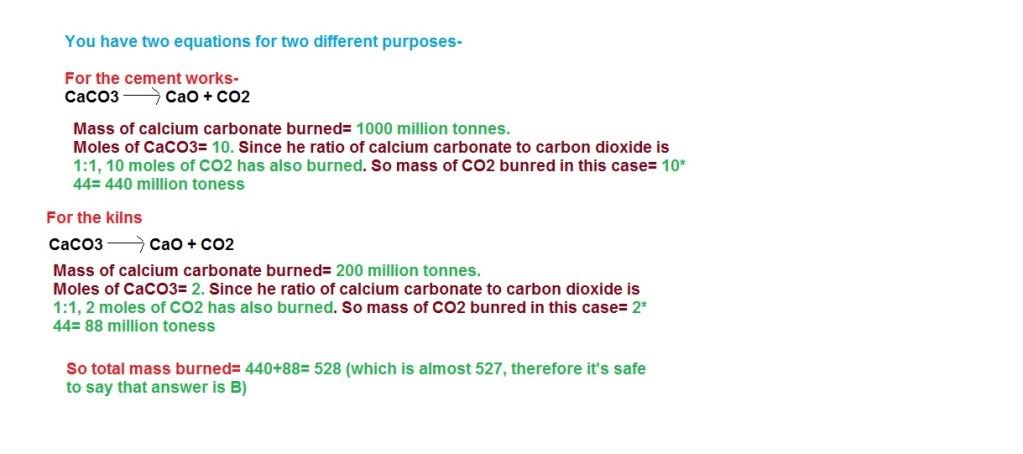- Messages
- 532
- Reaction score
- 151
- Points
- 53
AoA,
1 is redox
Br goes from -1 to 0 [oxidation]
S goes from +6 to +4 [reduction]
2 is not redox
P is same at 5
Br is same at -1
As 2 is wrong, you dont need to see 3
Definitely D is the answer but i will solve to clear any doubts!
3 is not redox
N is same at 5
Br is same at -1
thanks...so for solving the redox questions u can jtake any example u want...and then carry out the calculation? isnt it?
and soory for not posting the link coziam soling in the paper...
